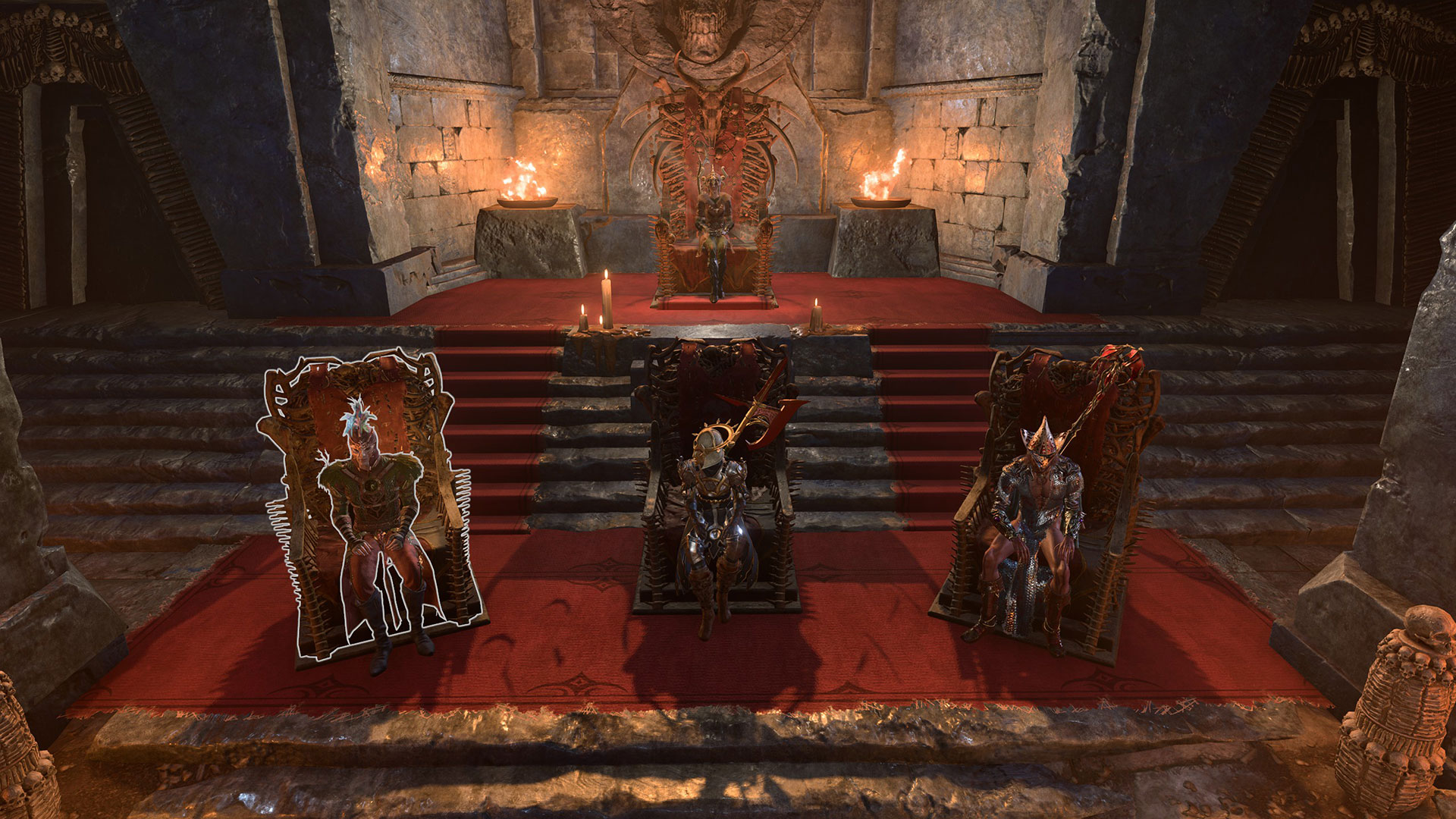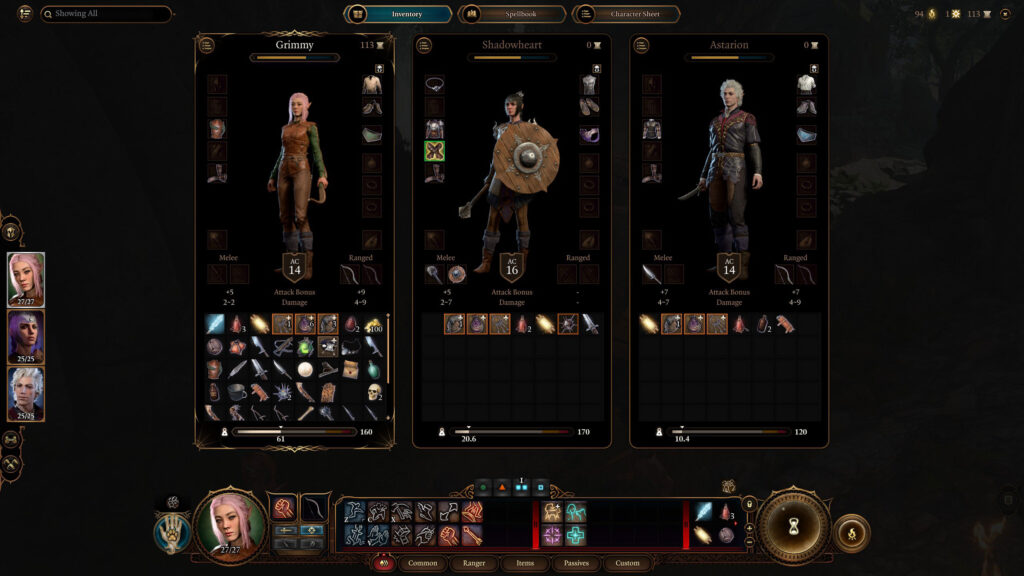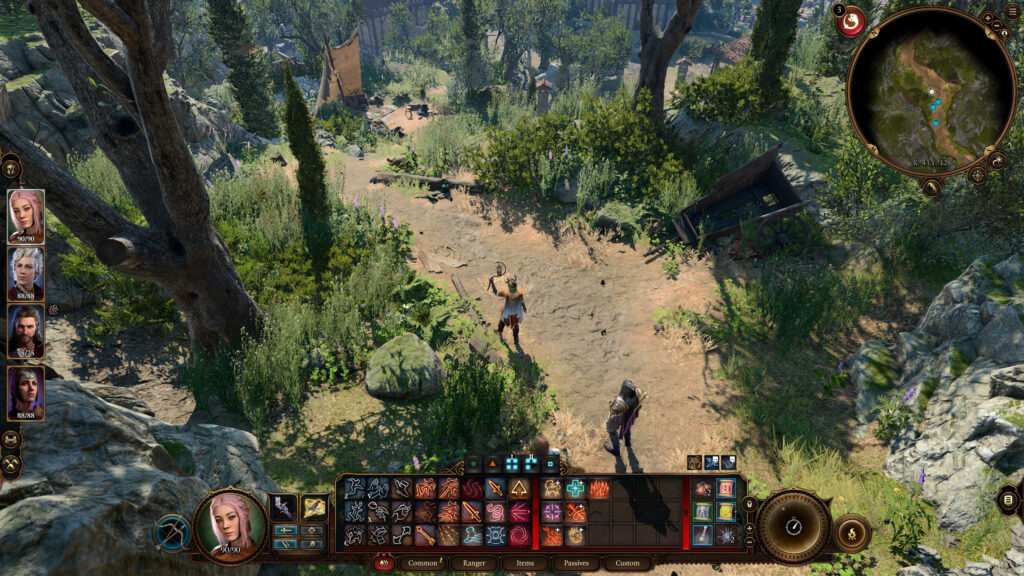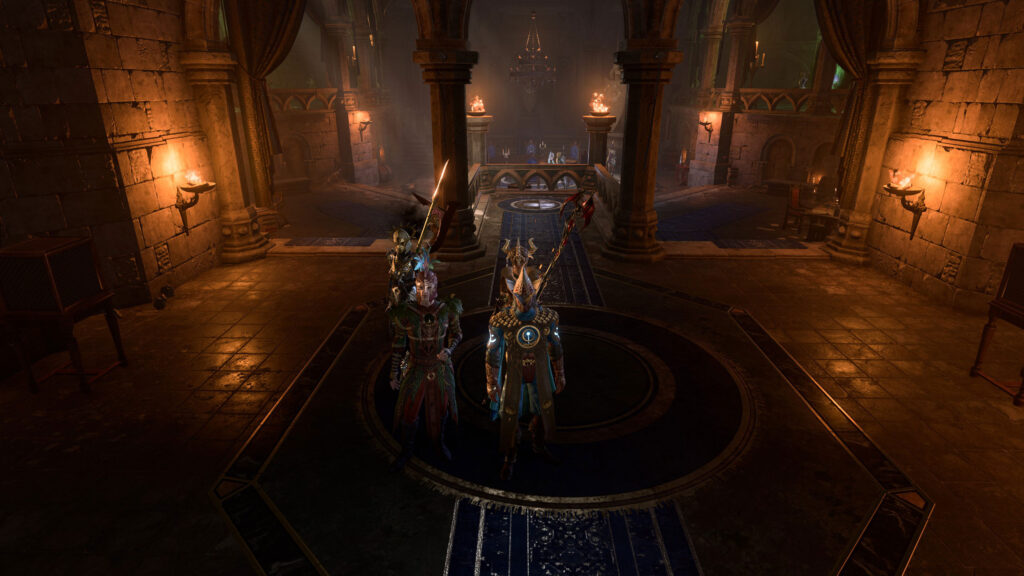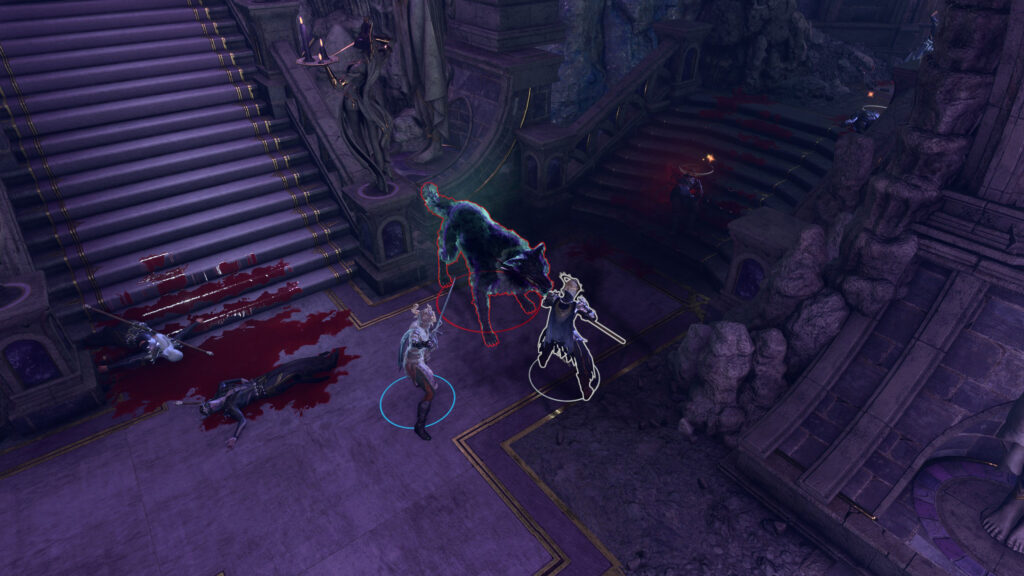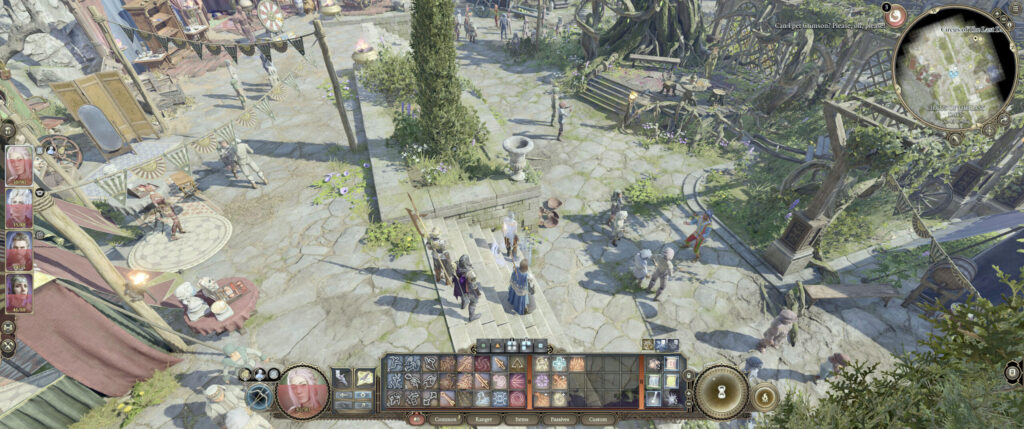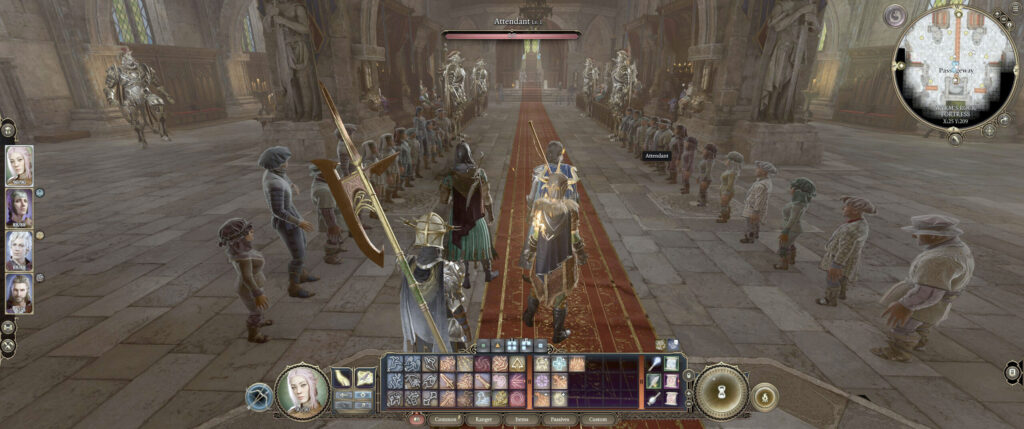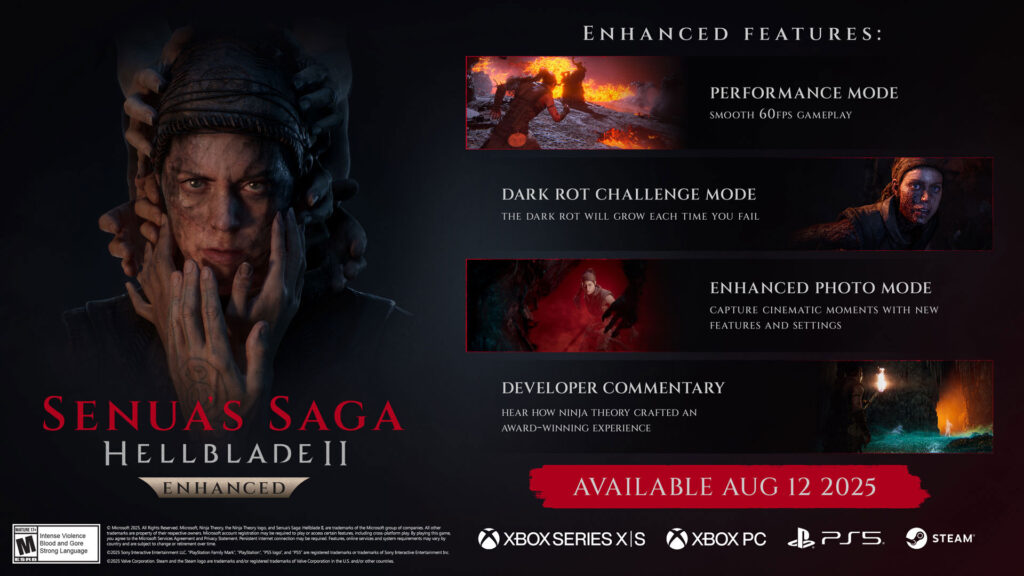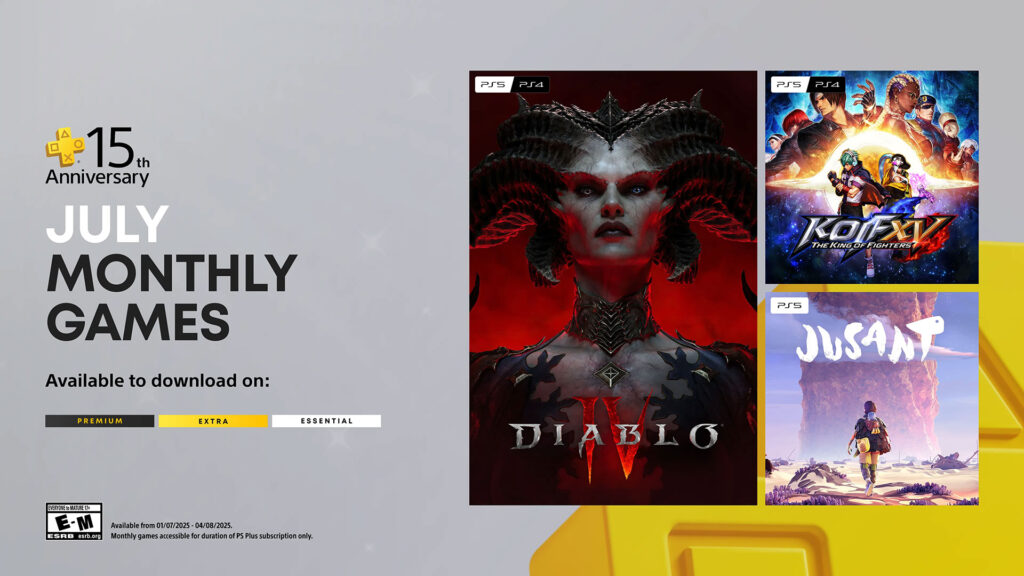Quick Verdict
Baldur’s Gate 3 manages to do what no game before it has ever done: It has rewired my brain in how I approach video games. It taught me that being a completionist or exploring every single nook and cranny isn’t necessary. I simply pointed myself in a direction and proceeded to move forward, crafting my own story along the way, on a compelling adventure that very few games can offer. Baldur’s Gate 3 is a deep, sprawling, and complex RPG that’s as captivating as it is memorable.
However, the game can be very overwhelming, especially if you’re like me and aren’t familiar with CRPGs or Dungeons & Dragons. The complex underlying mechanics of Baldur’s Gate 3 can be difficult to understand. It offers fantastic tactical combat and party management, but these can be bogged down by painful inventory management and somewhat frustrating camera controls—at least on PC. But ultimately, like Elden Ring before it, Baldur’s Gate 3 will likely be Game of the Year for many, successfully drawing in an entirely new audience to a genre that many considered very niche.
If you’re looking for a review from the perspective of someone who isn’t experienced with CRPGs or Dungeons & Dragons—which I suspect will be the majority of people still debating whether or not to purchase Baldur’s Gate 3—then this review is exactly what you’ll get.
The Hero’s Journey Begins

On August 3, 2023, Baldur’s Gate 3 released on PC, and I originally had no intentions of purchasing the game. I have very little experience with the first two games in the franchise—nothing too memorable—and I’ve tried multiple times to get into Divinity: Original Sin but have always struggled to make progress. In fact, I went back and checked my playtime with Divinity: Original Sin, and it was over 30 hours. Despite this, I can’t tell you a single thing about that game because I’ve never actually made any substantial progress in a single playthrough. I mention Divinity: Original Sin because it’s developed by Larian Studios, the same team behind Baldur’s Gate 3. It’s the closest game I have in my Steam library to Baldur’s Gate 3, which is why I draw the comparison. As interested as I have always been in CRPGs, their sprawling worlds, strategic turn-based combat systems, divergent paths, and relatively complex RPG systems have combined to deter me from ever finishing one. That was until Baldur’s Gate 3.
I watched a few streams on launch day, heavily debating whether or not I would purchase the game. A large part of me truly believed I would play it for a dozen or so hours and drop it, just like I had with Divinity: Original Sin several times. Each time something interesting piqued my curiosity about the game, something else would occur that would make me feel disgusted with the idea of playing it. I’m also very inexperienced when it comes to Dungeons & Dragons, let alone the 5th Edition rules Baldur’s Gate 3 follows, so the idea of a Critical Miss just sounded like it would be more frustrating than fun. The point I’m trying to make is, Baldur’s Gate 3 shouldn’t have been a game that I invested over 70 hours into on my first playthrough. It shouldn’t have held my attention for as long as it did, where I had to see how my story ended. And to me, that’s the most important part of the game. It truly felt as if it was my unique story and nobody else’s, with the multitude of dialogue options, characters, and choices you’ll encounter throughout the journey. It’s even more remarkable that after I finished, I realized I never encountered several of the possible companions in the game, meaning I missed out on a lot of content.
At the time of my completion, only 2% of the player base had the achievement for finishing the game (I know it’ll be noticeably higher by the time of publishing). I found it even more fascinating that only 0.7% made the same decision I did towards the end since I actually believed that would be the more popular option. All this is to say that Baldur’s Gate 3 took me on a journey I didn’t expect, from the start all the way to its triumphant finish.
Into the Wilderness
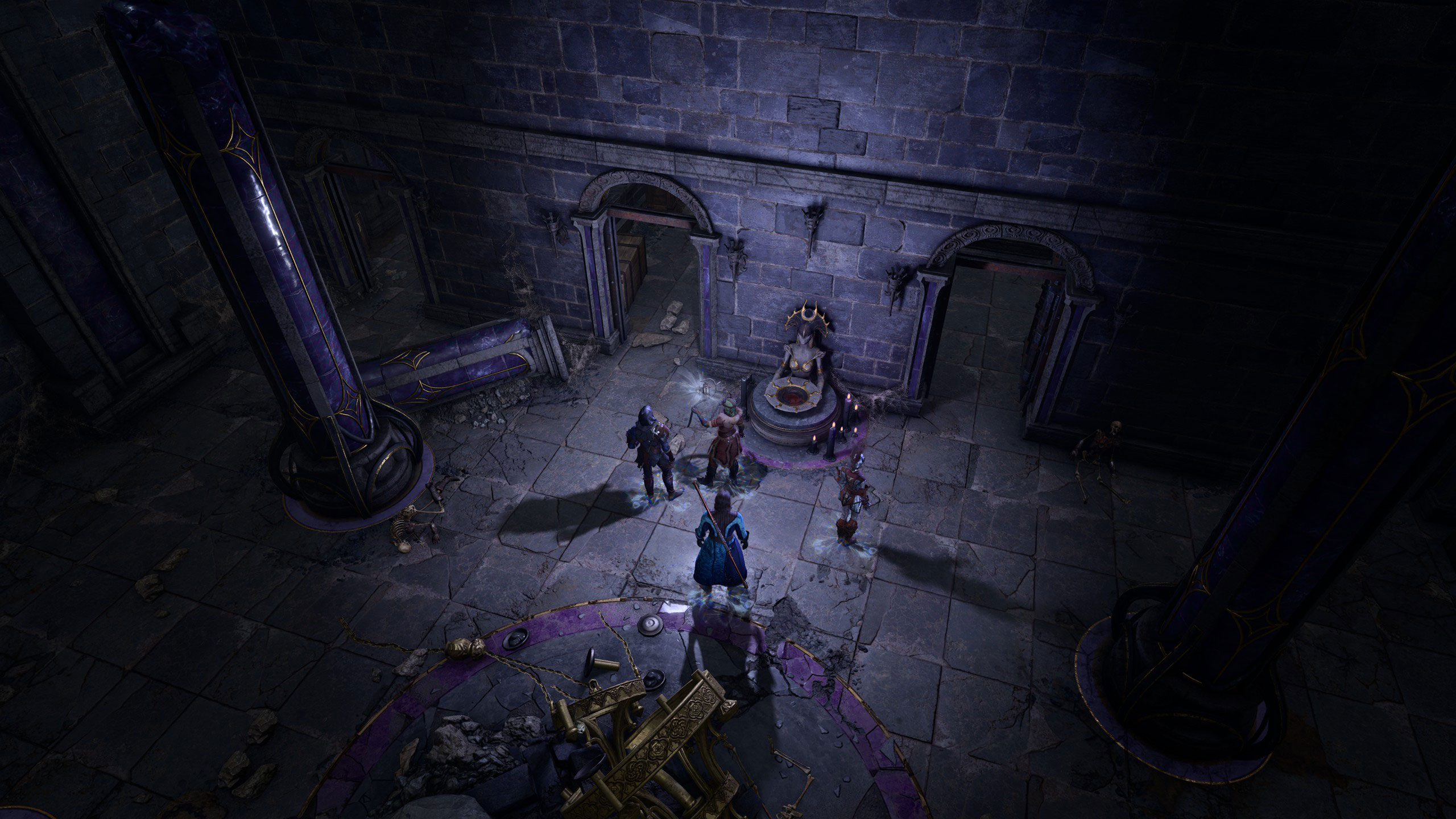
Baldur’s Gate 3 doesn’t waste any time showing off just how much time, love, and devotion the developers at Larian Studios put into the game. The character creation process is one of the most robust I’ve ever encountered in any game, with the number of possibilities being much greater than I care to calculate. Dungeons & Dragons veterans will likely be familiar with some of the selection process, but it was quite overwhelming for a first-timer like me. You start by choosing your race from 11 different options (Elf, Tiefling, Drow, Human, Githyanki, Dwarf, Half-Elf, Halfling, Gnome, Dragonborn, and Half-Orc), and then some races have choices for subrace (31 total). If you choose to be a Dragonborn, for example, you can select from 10 different subraces. When it comes to classes, there are a dozen to choose from: Barbarian, Bard, Cleric, Druid, Fighter, Monk, Paladin, Ranger, Rogue, Sorcerer, Warlock, and Wizard. Some of those classes have other customization options, such as starting spells or fighting styles. You then have these options for your character’s background: Acolyte, Charlatan, Criminal, Entertainer, Folk Hero, Guild Artisan, Noble, Outlander, Sage, Soldier, and Urchin. Finally, you’ll have your ability point allocation, where you’ll assign points to Strength, Dexterity, Constitution, Intelligence, Wisdom, and Charisma.
If you’re like me and have never played a game similar to Baldur’s Gate 3, even the character creator can be overwhelming with the number of choices you have to make. But the game does offer an alternative option, letting you assume the role of an Origin Character, so you can forgo character creation entirely if you don’t want to make the choices. What I will add, however, is that even having no knowledge of what I was doing, I didn’t feel like I was going into the game with a non-optimized character. This was one of the first steps I took toward breaking my mentality of how I typically play video games. Instead of Googling the min-max build for a character, Baldur’s Gate 3 inspired me to start my own story, with my own character, without having to worry about optimization and having the best stats. Trust me when I say this is monumental in my over 35 years of gaming.
Swords and Sorcery
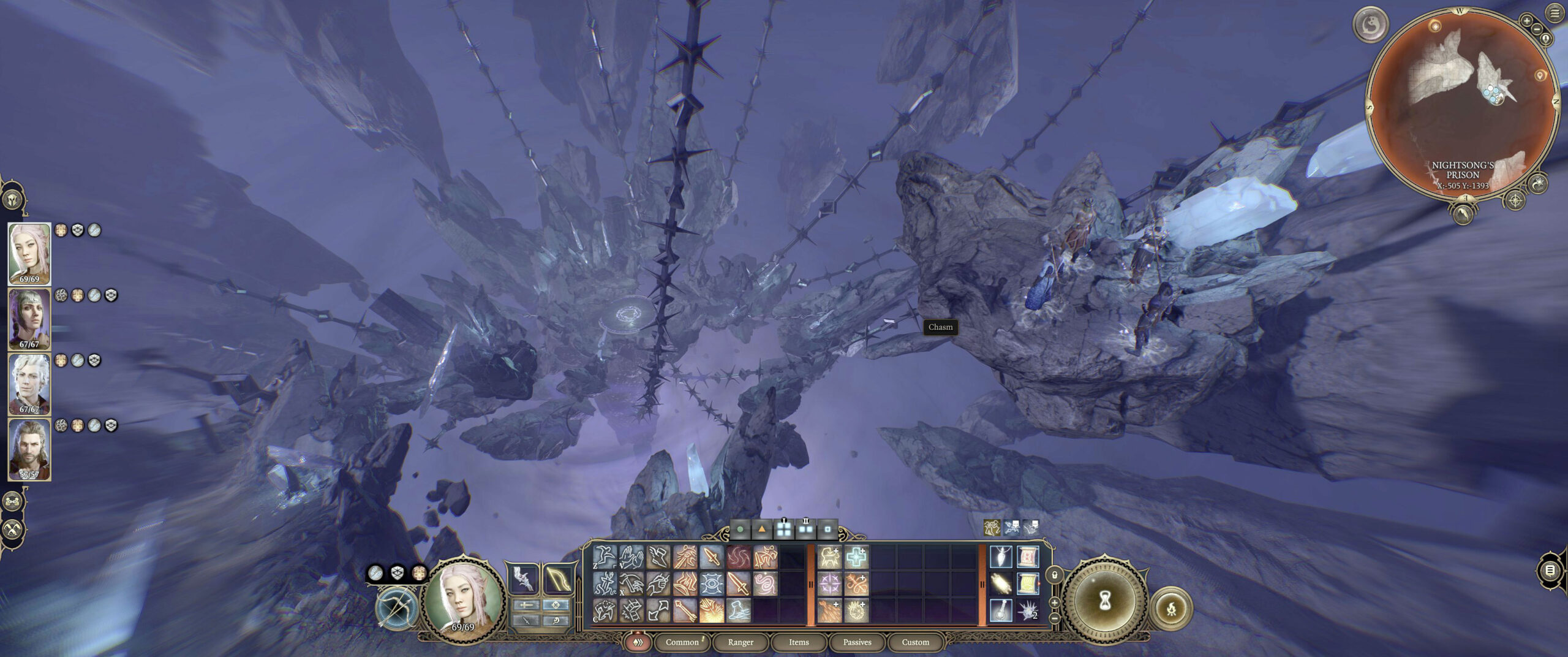
Although I am unfamiliar with CRPGs and Dungeons & Dragons, the basics of the combat system in Baldur’s Gate 3 were familiar to me, having played and enjoyed other tactics-based games. But beneath that surface is a very complex system that rewards ingenuity in ways that are limited only by your imagination. Certain fights can and likely will be frustrating for those who don’t completely understand the systems, and even on the game’s lowest difficulty, you can’t simply “brute force” your way through the fights. There were a couple of encounters in the game where I spent hours trying to figure out how to solve the puzzle, and when I figured out my solution for both of those fights, it genuinely put a smile on my face. Baldur’s Gate 3 has a way of making you feel really clever, even if it’s purely by luck.
It might sound like a joke, but after spending over 70 hours on my playthrough, I feel like I barely understand Baldur’s Gate 3’s combat system. I think this is a very important point to make because it shows how accessible the game actually is. For something that can be very complex and dense for a seasoned veteran to enjoy, a complete amateur, like myself, can stumble their way through the game and have a fulfilling experience. You don’t really care to learn everything about the combat system? Drop the difficulty to the lowest setting and just have some fun. I will say though, that even at the lowest difficulty, some of the fights can be particularly challenging if you’re haphazardly equipping gear and randomly selecting skills to use in combat.
Ultimately, you’ll need some basic understanding of positioning and mechanics, but Larian Studios successfully did something that’s very difficult to do in a video game: It created a robust combat system for a video game that adheres strictly to Dungeons & Dragons 5th Edition rules, yet made it appealing to both novices and veterans. If you’re the type of gamer who loves complex battle systems, Baldur’s Gate 3 has it all. If you’re the gamer who couldn’t care less about complicated systems, well, Baldur’s Gate 3 also works for you.
Gold and Glory

Baldur’s Gate 3 is far from the perfect game, and there are some frustrating features to discuss. For starters, inventory management in this game can be a complete nightmare for people who love collecting and hoarding all sorts of items. If you’re one of those RPG players who saved their Elixirs in Final Fantasy games for that one moment that never came, get ready to store more items than you can imagine in Baldur’s Gate 3. Your stash at camp seemingly has an infinite number of slots, at least until your computer’s storage has no bytes to spare, but managing that inventory is tedious. Things are made a bit easier on PC, where you can Shift+click to drag a wide assortment of items to your stash at once, but trying to determine what’s worth selling, what’s worth saving, and what’s garbage can be confusing for newcomers.
This is very likely a “me” problem more than an issue with the game, but I can’t imagine I’m the only one who plays video games this way. I was probably about 30 hours into my playthrough before I grew tired of dealing with encumbrance, and I stopped picking up everything I could. I kept thinking, “Well, I could sell all this for gold and then buy whatever equipment the next vendor has to offer,” before I realized I had more gold than I knew what to do with. A word of advice? Don’t pick up every single weapon and armor piece you see unless you plan on using them.
When it comes to the actual gear, I admittedly didn’t spend a lot of time figuring out how it all worked. For my initial playthrough, I had to set myself some goals, and figuring out how weapons and armor worked was not really one of them. So I will happily confess that my MMORPG brain took over, and I decided to pay attention to the color of the gear and bigger numbers more than anything else. From what I can determine, you’ll weigh the pros and cons of each piece of gear by the abilities some of them grant. I didn’t delve deep enough into the combat system to determine the optimal pieces to use with my particular characters, but it’s something I plan on exploring during my second playthrough. I know that doesn’t offer a fair assessment of one of the major components of Baldur’s Gate 3, but I also want to keep this review genuine from the perspective of a newcomer to the franchise.
Paths of Destiny
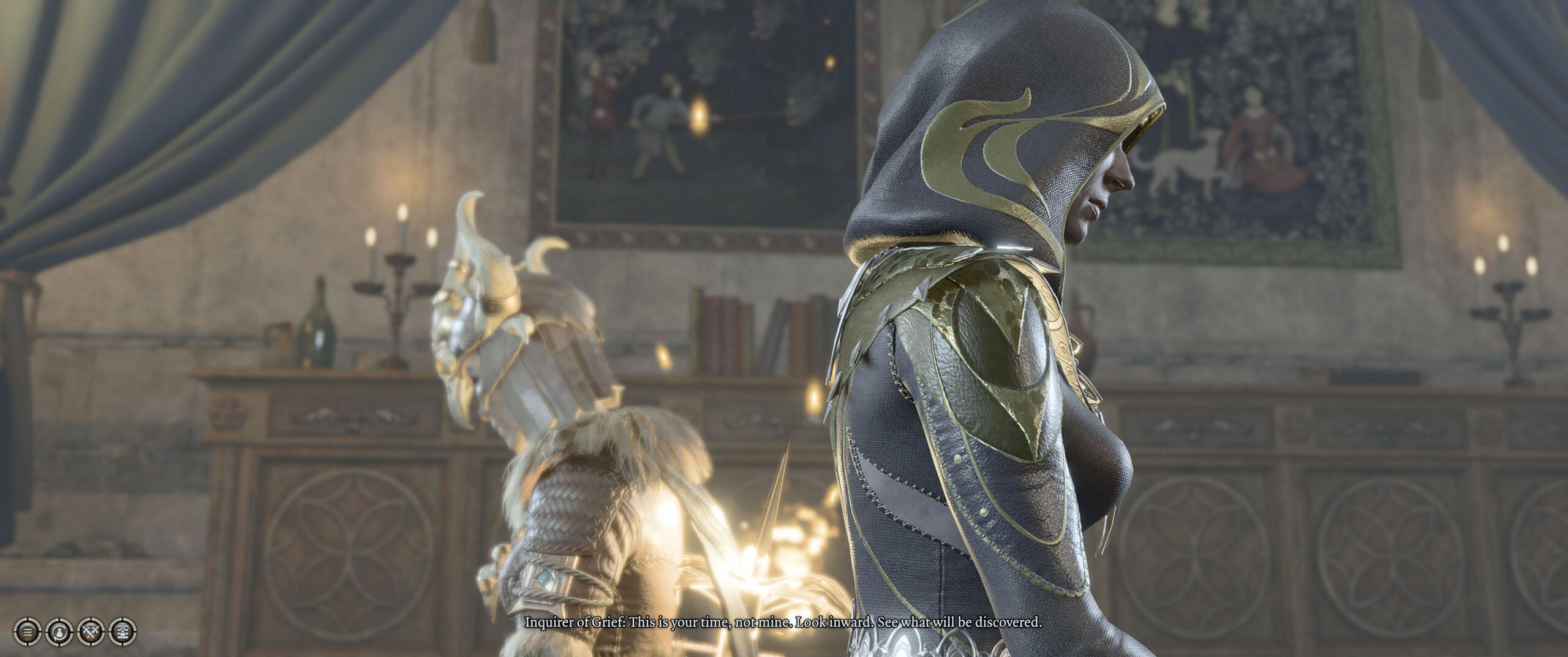
To me, the standout and most remarkable aspect of Baldur’s Gate 3 is how the game successfully crafts a story that feels uniquely yours. In my playthrough, I went in as blind as possible, despite watching a couple of streams before deciding to buy the game. I felt like nothing I watched was a spoiler, because I didn’t even encounter some of those scenarios or characters. What Larian Studios managed to create is indeed impressive. For example, I went through Act 1 with only three characters in my party, including myself. It wasn’t until a friend asked if I found a certain character at the very beginning of the game that I realized I had missed them. I somehow managed to overlook a party member that one can acquire within the initial minutes of the game. This theme continued throughout my experience, as I missed interacting with or even seeing some of the other Origin Characters that are available at character creation.
Since I approached Baldur’s Gate 3 with a mentality different from how I normally treat video games, I was even more impressed with it after completion. After the credits rolled, I started watching videos of other people’s playthroughs and was surprised by how differently the game unfolded for them. The characters they interacted with, the battles they fought, the conflicts they avoided through clever dialogue options—all were unique experiences. It truly opened my eyes to how impressive Baldur’s Gate 3 really is. The adventure and journey are significantly more sophisticated and complex than previous attempts by other developers.
I found my experience with Baldur’s Gate 3 to be in a whole separate tier from classic BioWare games like Mass Effect. With games like Mass Effect, the main story follows a somewhat predetermined path, with variations based on your choices. In contrast, Baldur’s Gate 3 gives the impression that the entire story revolves around your decisions, making it feel as though you personally crafted it—even if that’s not entirely the case. This design has set a new benchmark in storytelling, redefining the ways in which a player’s choices can shape a game’s world and narrative.
Shades of Gray

When it comes to crafting such a complex and dense RPG, however, there are going to be issues. With such a massive number of possibilities in terms of interactions and choices a player can make, it’s understandably impossible to account for all of them. As a result, things felt a bit disjointed with the aforementioned character I didn’t pick up until Act 2 of the game. Dialogue continued as if the character had been with me the entire journey, instead of someone who I had just met. In fact, I was expecting that character to not be obtainable because I had waited so long to help them out of their unique situation. This proves that there are still some guidelines and rails in place for Baldur’s Gate 3’s story, and it can feel a bit off if you take an unexpected approach to the game.
The interconnected choices in Baldur’s Gate 3 are executed with such finesse that they often require deep thought and consideration. This is the first game where I found myself internally debating some of the decisions I had to make. I particularly appreciate when a story presents “gray area” choices, where right and wrong are not easily discernible, and Baldur’s Gate 3 excels in this regard. What makes it even more compelling is how these choices reverberate later in the game, making seemingly insignificant decisions suddenly impactful.
My biggest complaint with the game was Act 3. Performance on my PC, which has an i7-13700K processor, 64GB DDR5 RAM, and an RTX 3080 Founder’s Edition graphics card, greatly suffered, with drops to 20 frames per second or lower. It’s definitely not as polished as Act 1 and Act 2 and it felt like some of my choices didn’t matter as much in the final Act. At some crucial moments I decided to explore all the dialogue options and found that it largely ended up with the same result. The biggest disappointment, however, is that it truly felt like the threads holding together my unique story started to unravel in Act 3. I encountered a bug where I couldn’t progress my romance with a certain character, but the conversation continued as if I had. I never saw the cutscene or received the achievement for romancing said character, but the character spoke as if we had done the deed. I also had a couple occasions where dialogue repeated itself, even if I had already gone through the entire process of making my choices.
These issues weren’t enough to ruin my overall experience with Baldur’s Gate 3, but I feel like it’s very disingenuous to not even mention them. I understand everyone’s experience with the game is different, but there is a clear change in performance and quality with the game’s final Act. Even my ending cutscene had some graphical glitches, that while mildly entertaining, should still be noted.
The Hero’s Conclusion

Baldur’s Gate 3 is a very ambitious title and I have no qualms in crowning it the Elden Ring of CRPGs. I would not be surprised in the least if it starts claiming Game of the Year awards from numerous outlets this award season, because the game manages to bring the CRPG genre to millions of new players. This is the type of game that people will be talking about for years to come, due to its monumental impact on the industry. It’s a rare triumph in an industry that has turned to formulaic solutions for hitting certain analytics and performance marks.
From its astounding animation to what I consider the best overall voice acting performance of any game, the overabundance of lore and world building to its complex characters and storylines, Baldur’s Gate 3 may have flaws, but I completely understand if, for some people, it’s the perfect game. If you’re a fan of deep and strategic combat, you’ll find much to love here. If you’re new to CRPGs, don’t be intimidated; the game is accessible even if you’re not a veteran.
While I am looking forward to my next playthrough of Baldur’s Gate 3, for now, I need a break from Critical Misses and Critical Failures. I will never look at the number 1 in the same way again.
Baldur’s Gate 3 was released on August 3, 2023 on PC. This review is based on a purchased retail copy of the game on PC. While FullCleared does have affiliate partnerships, they do not influence our editorial content. We may, however, earn commissions for products purchased via affiliate links.

